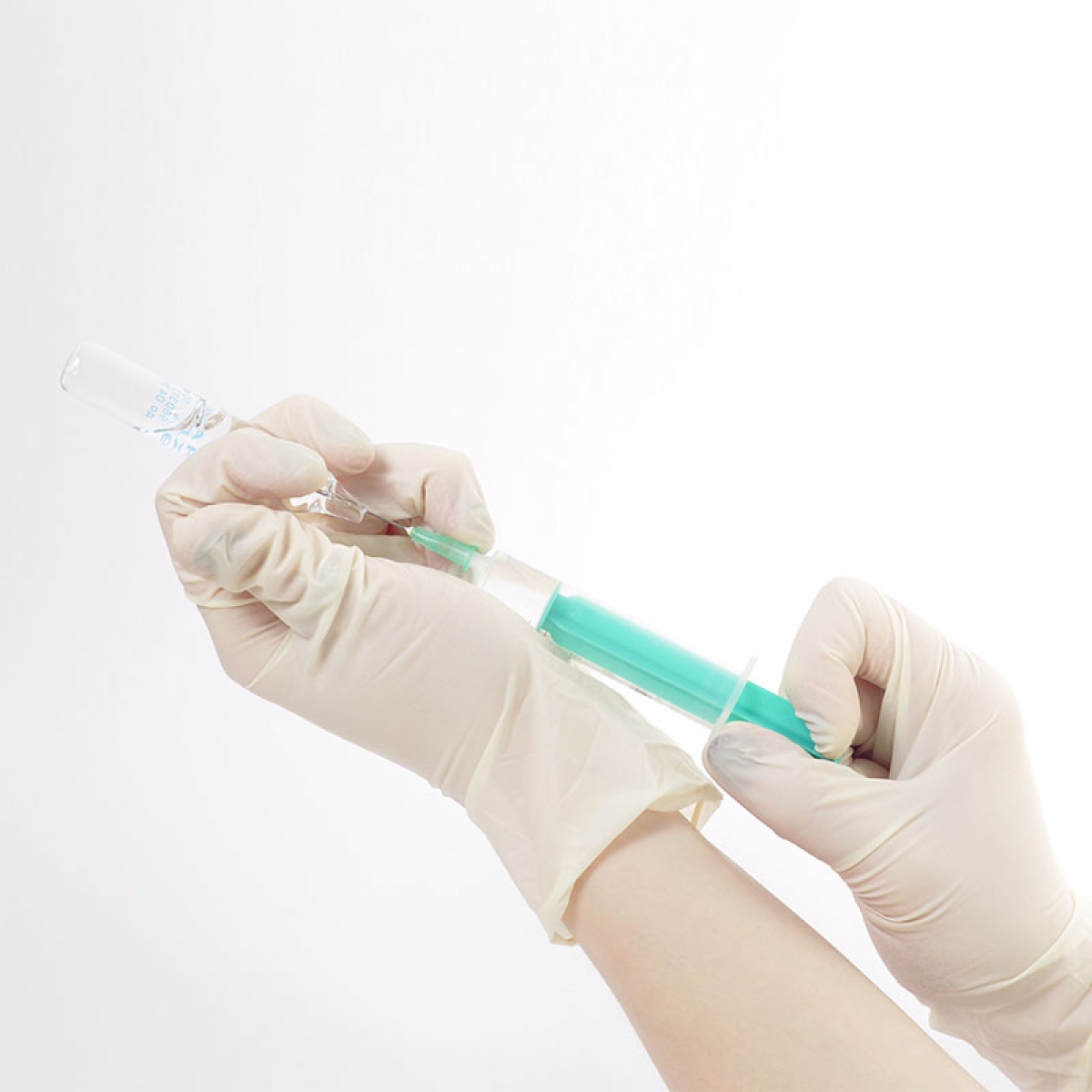Conscious sedation
For some people, the fear of the dentist (which in most cases is connected to negative experiences and memories) can become a real phobia leading the patient to give up all treatments and neglect his/her oral health.
In order to reduce the patient’s unease and allow him/her to serenely face the treatment, the clinician may suggest the administration of anxiety-reducing medicines.
Medical anti-anxiety tablets taken by mouth are usually sufficient to face the less psychologically demanding appointments (for duration and/or invasiveness).
Conscious intravenous sedation, particularly suggested for surgical treatments, is instead a real anesthesia performed in the dental office by a specialist medical practitioner in anesthesia, consisting in the intravenous administration of anti-anxiety sedatives causing the patient to control the pain while remaining conscious and collaborative. This condition is the best possible for the surgeon’s work, who will be able to treat the patient without further stress.
This type of anesthesia can be suggested also to patients not suffering by dental phobia, but having to face a complex or long-lasting surgical treatment.
During the surgery the anesthetist constantly monitors the patient personally and instrumentally, to reach a balance between relaxation and consciousness for an adequate response to physical and verbal stimulus.
Conscious sedation is a safe, proved and widely used technique, which can be performed after a thorough evaluation of the patient’s case and his/her clinical conditions. At the end of the treatment, the patient can be discharged, upon verification of the complete recovery of psychomotor functions, being completely autonomous: for safety reasons, however, it is suggested to bring an accompanying person to avoid driving during the hours following the operation.
Conscious sedation presents advantages both during and after the treatment, reducing bleeding and limiting edema and hematoma in post-operative progression by stabilizing the heart rate and blood pressure.

